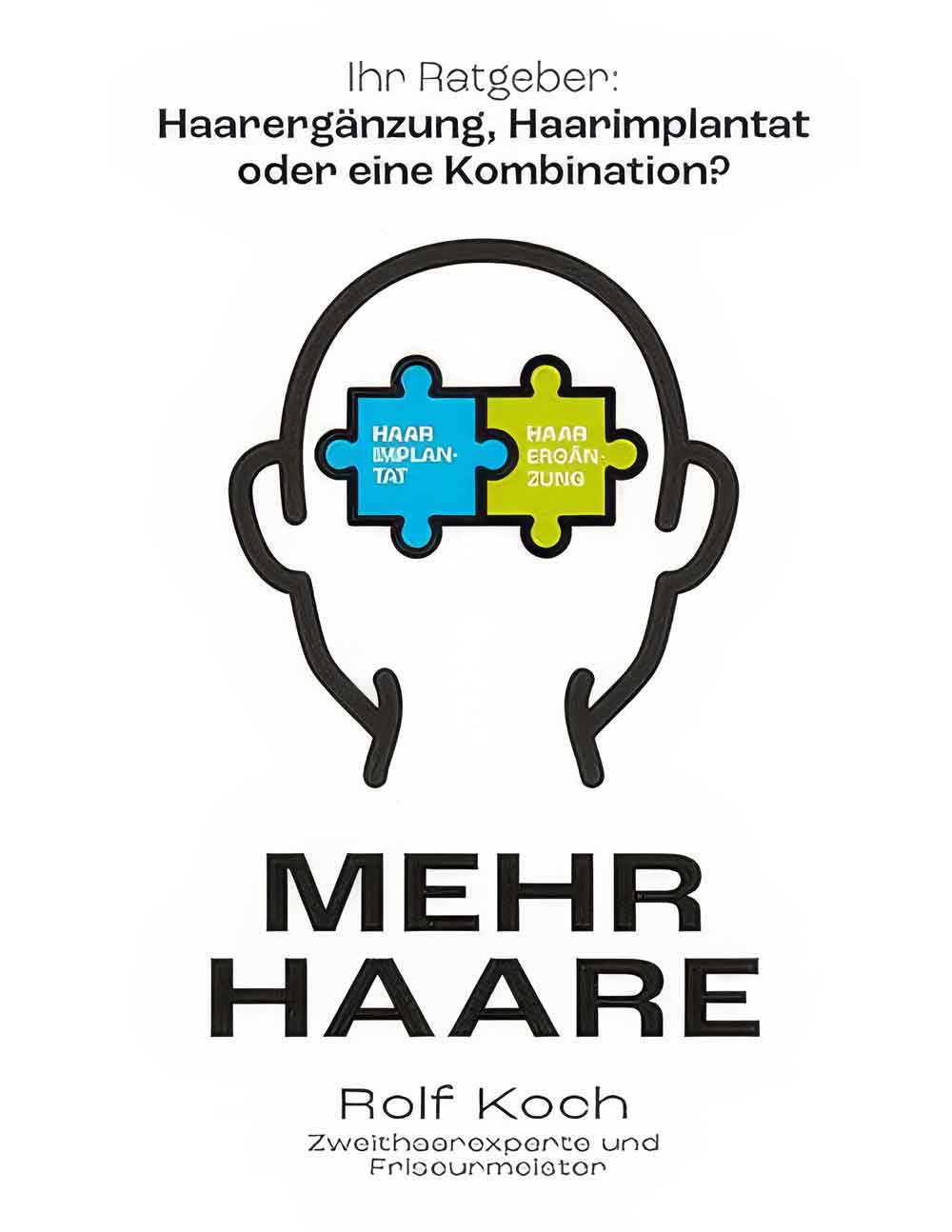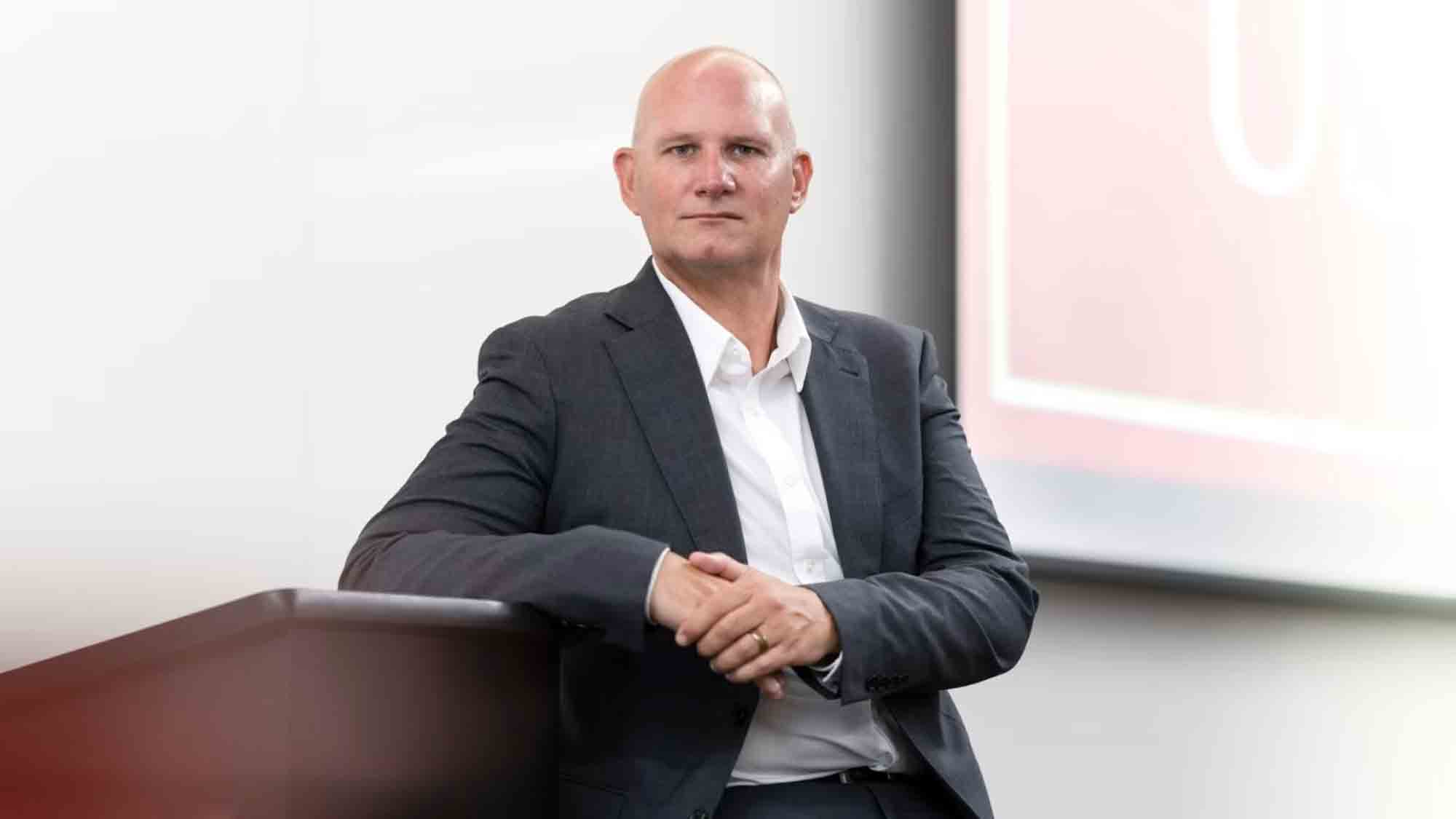AV is the new divide in education
- Joe Way and USC have been trailblazers in embracing #digital #learning during the past four years. Way currently serves as chair for HETMA and Executive Director Digital Spaces at UCLA
Oslo, August 30th, 2023
#Universities that aren’t investing in high quality #AV #equipment may be falling behind, warns Joe Way, Chair of tech advocacy organization HETMA. AV is reshaping education, with a projected 127% uptick in classroom adoption in the next four years (Frost & Sullivan). However, while the top 300 US universities actively invest in AV technology, other institutions must catch up. “Some schools band aided through the pandemic with $ 29 webcams from Amazon. They made short term fixes instead of investing in long term solutions”, says Joe Way, warning against this short sightedness. “Students will select the schools with good technology. Failing digital integration means losing the race to engage and retain students.” With five global awards for exceptional audiovisual design, Joe Way and USC have been trailblazers in embracing digital learning during the past four years. Today, Way serves as chair for HETMA – an advocacy organization focused on raising awareness of technology issues unique to the higher education community.
Streaming helps students succeed
“Once you have introduced a feature set in teaching, you can't take it away”, he asserts, referring to students’ expectations to be able to join lectures remotely at any time, on their preferred device, and with the option to re watch lectures in a language of their choice. He believes that universities embracing cutting edge audiovisual solutions will gain a competitive edge due to the heightened expectations of today’s students. Having grown up in a world with iPhones, they expect to be able to attend classes, receive lessons, and communicate through their devices. “Streaming and recording have great value”, says Way. Beyond providing flexibility for students, enabling them to make up for missed classes and review content during revisions, these technologies also improve accessibility, particularly for the large community of international students and professors. “High quality recordings that capture the right information are essential, and that's the direction we see AV in education moving in right now”, Way adds.
Ease of use is crucial, but not enough
To enable remote learning at USC, Joe Way and his team identified the need for high quality, energy efficient cameras that seamlessly integrated with existing USC technology. Ultimately, they opted for AI cameras by Norwegian manufacturer Huddly, whose product line is among the few HETMA has given their stamp of approval. Huddly cameras are now used in over 95 percent of USC’s 500+ spaces. Way explains: “As a team, our top priority is to ensure ease of use, which is why we chose cameras you can implement through a simple push of a button using #USB connectivity. With Huddly, we can worry less about troubleshooting the technology and focus more on encouraging our faculty to use it.”
Vegard Hammer, Chief Technology Officer at Huddly, agrees: “Ease of use is crucial. Teachers should be able to focus on teaching instead of managing the technology. But in education spaces, that alone isn’t enough. The magic of learning comes from the interaction between teachers and students, and you need technology that brings this magic to life on video. At Huddly, we use AI to engage students and turn streamed lectures into exciting, interactive experiences.”
AI enters the stage
In the new teaching reality, challenges arise whenever there is movement in the class, like teachers moving around or students asking questions, causing disruptions to the online experience. According to Way, it’s key for AV technology to capture the essence of the session without compromising the quality of the experience for anyone. While this is difficult to achieve with a single camera, multi camera setups come with their own challenges. "Multi camera production is not cost effective and requires training. We have 13,000 classes every week, and we can’t justify having a dedicated video switcher for each class,” Way notes. But, with the recent advancements in AI driven production, this is rapidly changing. A notable example is Huddly Crew, an AI directed multi camera system that mirrors the actions of a professional TV director.
Way’s excitement for the new technology is palpable. “When I saw Huddly Crew, I was just floored. I was amazed. It fills a gap in the market, and I truly believe it will be a game changer in higher education, particularly for lecture halls with 60 seats or more that require greater flexibility. Huddly Crew’s built in AI technology intelligently selects optimal shots, highlights essential elements, and guarantees ideal visibility. This significant advancement in production quality alone justifies its value as an investment. And the added bonus is you won't have the ongoing concerns of support and training.”
When it comes to the future of digital learning and AI in higher education, Huddly’s Vegard Hammer believes that the best is yet to come. “The future of remote learning is in augmented reality experiences, combining AI and image processing to create an experience that’s even better than being in the room, with a focus on maximum engagement. Huddly Crew and our AI whiteboard camera, Huddly Canvas, are early steps on this journey. For universities, investing in such technologies should be a no brainer. Increased engagement means more effective teaching and happier students.” Joe Way is equally optimistic. “I could see AI applied in different ways. Maybe in the future, there will be better ways to moderate without the use of humans, too. Who knows – we might soon see the first virtual substitute teacher.”
About Huddly
Disruptive innovation is our heartbeat at Huddly. We’re committed to pushing technology and challenging the status quo in order to empower human collaboration. Combining our industry leading expertise in artificial intelligence, software, hardware, and UX, we craft intelligent camera systems that enable inclusive and productive teamwork. Huddly cameras are designed to provide high quality, AI powered video meetings on major platforms, including Microsoft Teams, Zoom, and Google Meet. With upgradable software, durable hardware, and engaging user experiences, they are the ideal choice for organizations seeking future proof, scalable, and sustainable solutions. Founded in 2013, Huddly is headquartered in Oslo, Norway, with presence in the US and EMEA and global distribution. More …







































 Gütsel RSS Feed
Gütsel RSS Feed


















































